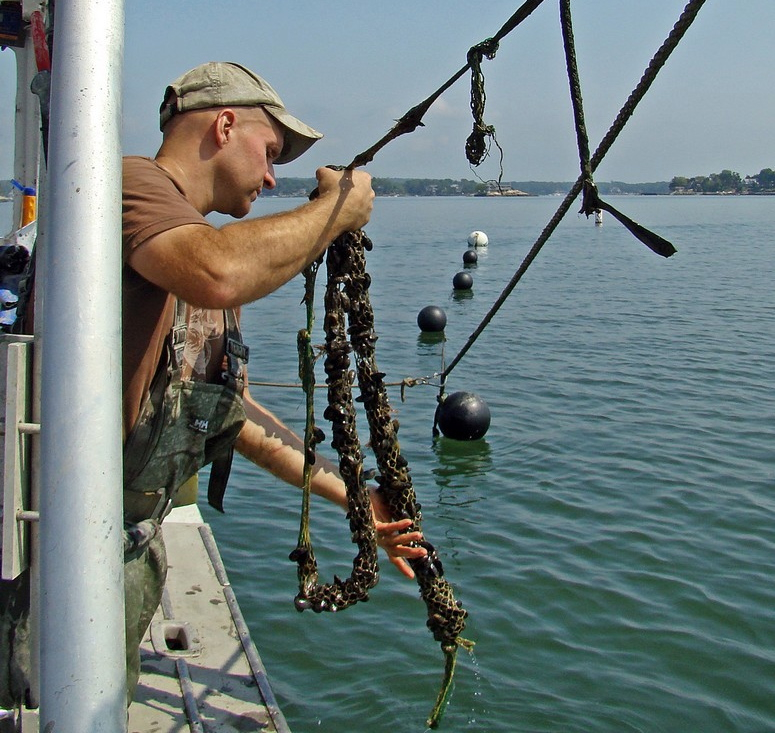Paul Greenberg — author of Four Fish, a book about the total disaster that is the state of sea life today — was pretty well prepared for Sandy. But, as he wrote in The New York Times, he felt like he was missing an important disaster supply:
I wish I had some oysters.
I’m not talking about oysters to eat — although a dozen would be nice to go with that leftover bottle of Champagne that I really should drink if the fridge goes off. I’m talking about the oysters that once protected New Yorkers from storm surges, a bivalve population that numbered in the trillions and that played a critical role in stabilizing the shoreline from Washington to Boston.
According to Greenberg, oysters really like to hang out in places like New York Harbor, where the water’s not too fresh and not too salty. Often, you’ll hear about how oysters filter water, keeping places like the harbor clean. But by building up on the harbor bottom, oysters also disrupt wave patterns, and they help marsh grasses grow. All this means that waves that would otherwise pound the shore slow down and do less damage. They’re basically the coral reefs of the Northeast.
But of course, “400 years of poor behavior on the part of humans have ruined all that,” Greenberg says. No more oysters, no more protection, lots more flooding of lower Manhattan.


